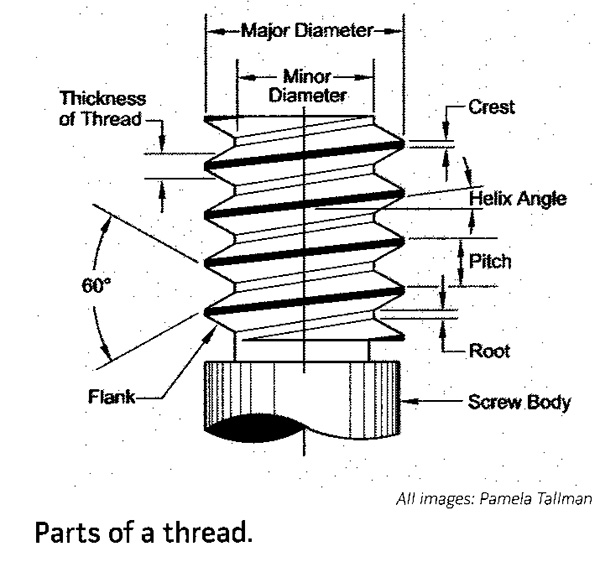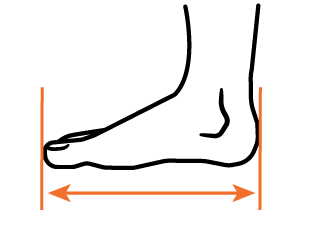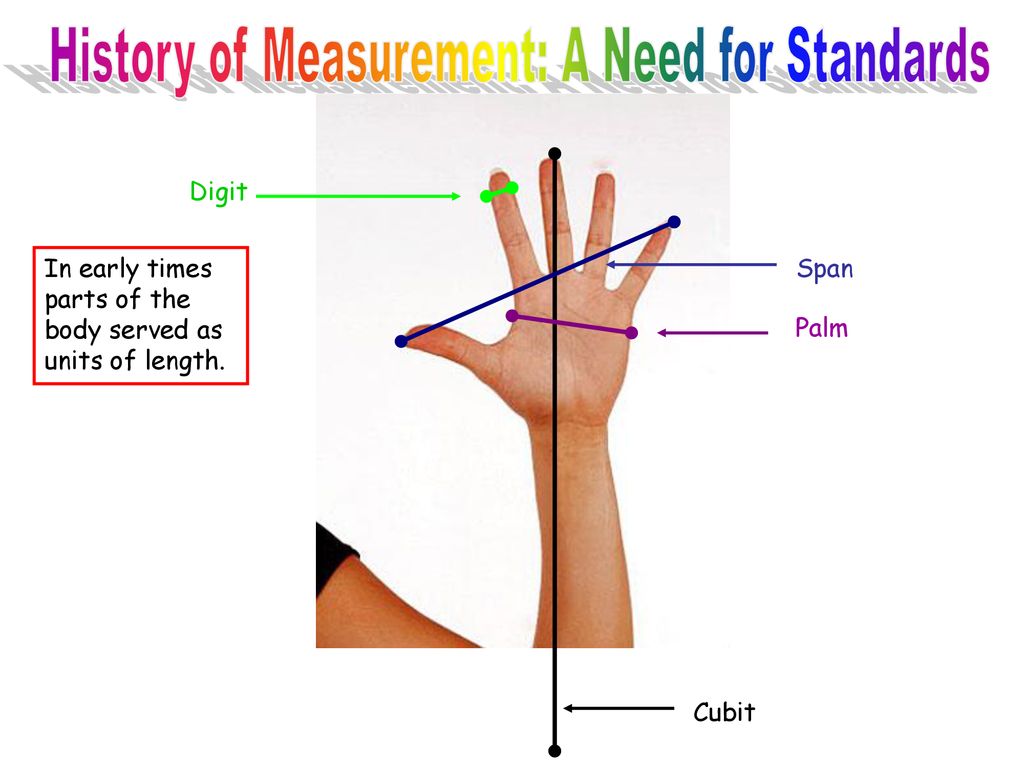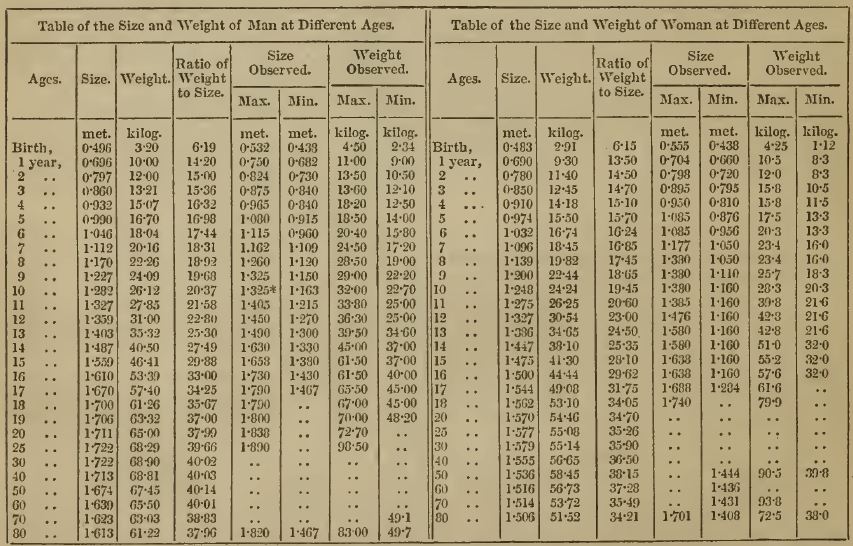History Of Body Measurement
Long ago the base for reference was the human body.
History of body measurement. Anthropometry first developed in the 19 th century as a method employed by physical anthropologists for the study of human variation and evolution in both living and extinct populations. Today only the stone continues in customary use for measuring personal body weight. History of length units 1 using the human body as the reference. For example the cubit was a unit that indicated the length from the elbow to the fingertips.
There were unbelievably many different measurement systems developed in early times most of them only being used in a small locality. Measure your bmi or body mass index and you might think you have an accurate telling of whether youre overweight or obese. These tables were limited because they were based on weight alone rather than body composition. But bmi accuracy is highly debated.
After all two women with similar body measurements may still have very different body shapes a nuance that made to measure and home sewists can account for making our individuality an asset and not a liability. The way base units of length have been determined has changed greatly over time. Anthropometry is the science of obtaining systematic measurements of the human body. For measurements of weight the human body provides no such easy approximations as for length.
- James Deen Height Weight And Body Measurement
- Pancreatic Body Measurement Of 5mm
- Stephanie Abrams Body Measurement
The present stone is 14 pounds 635 kg but an earlier unit appears to have been 16 pounds 725 kg. Before 1980 doctors generally used weight for height tables one for men and one for women that included ranges of body weights for each inch of height. But nature steps in. Ancient measurement of length was based on the human body for example the length of a foot the length of a stride the span of a hand and the breadth of a thumb.
Bmi became an international standard for obesity measurement in the 1980s. Even more important is the need to reorient towards the goal of being a healthy version of ourselves. In particular such anthropometric measurements have been used historically as a means to. Learn more about bmi history and.

















